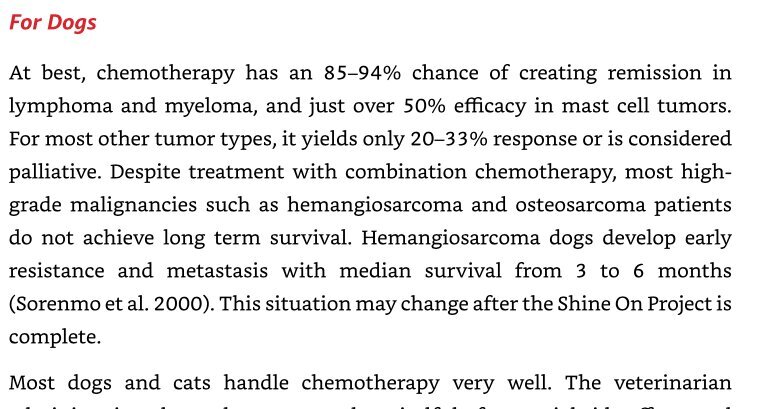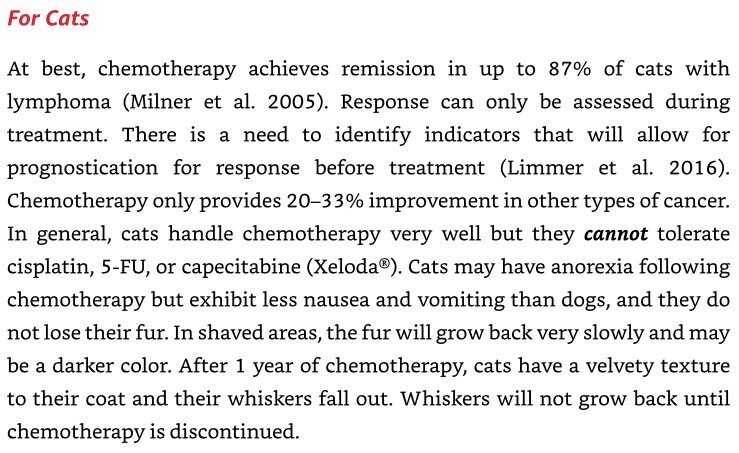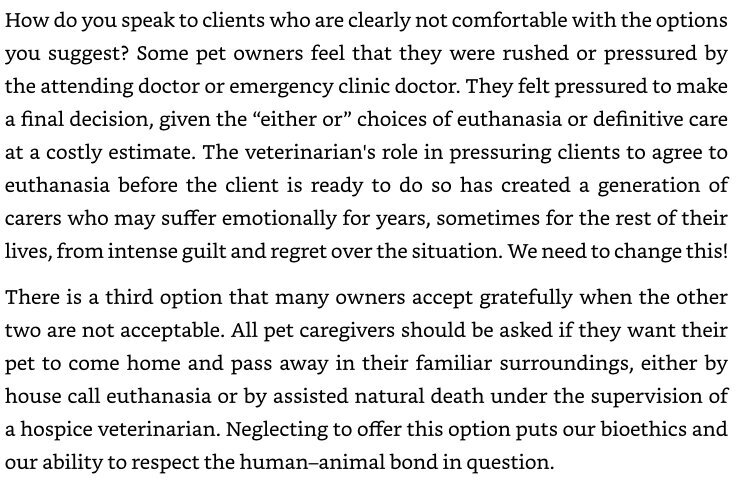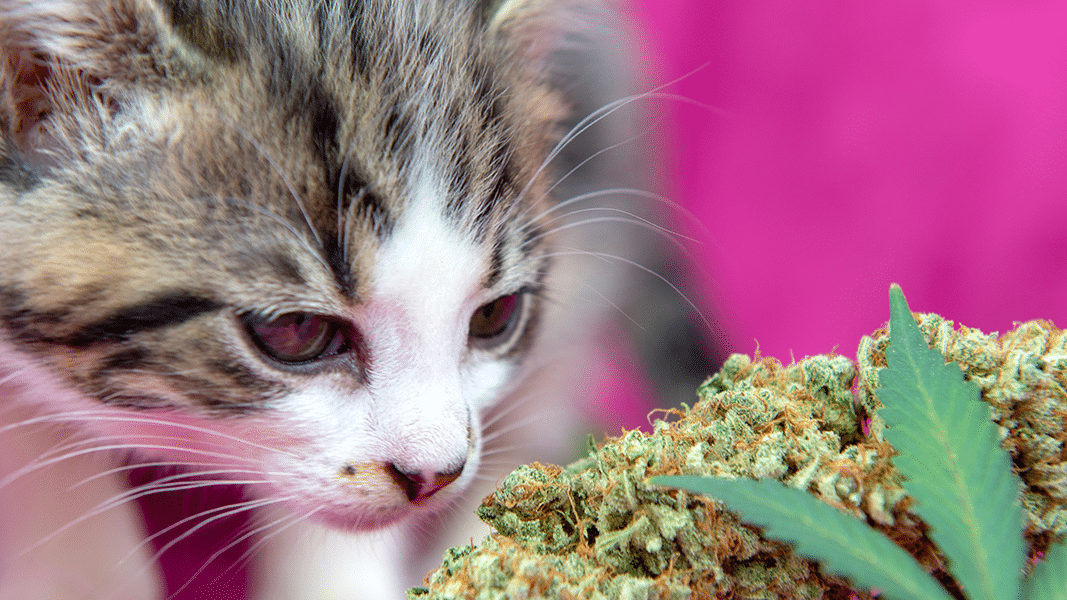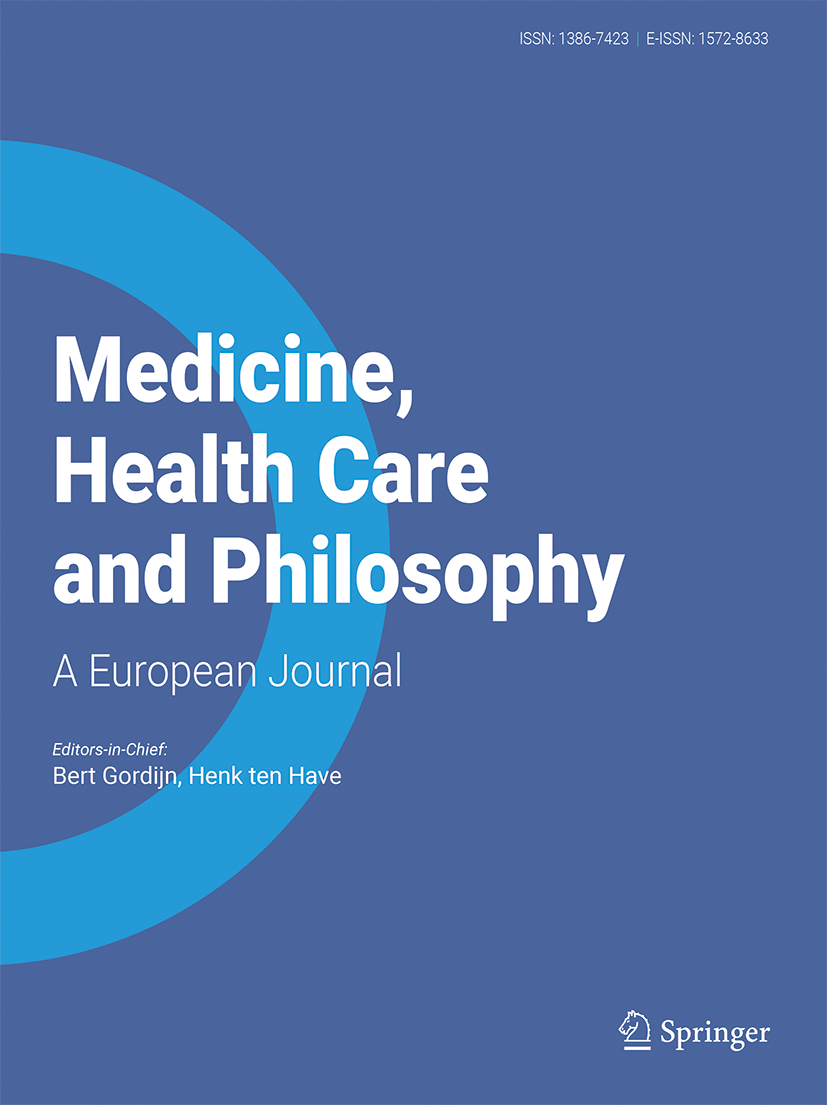The online vet said I don't have to worry about future blood tests since dogs' bodies compensate well for any future anemia. (His last blood test was in May.). Like other vets have done, she suggests looking at his gums regularly to make sure they are salmon/pink rather than pale or white.
Her answer that was most helpful: Dogs with solid-mass kidney cancer (as opposed to blood-based hemangiosarcomas) do not generally have dramatic emergency situations, so I don't have to worry about the dog decompensating quickly/surprisingly in the middle of the night.
She says if I want to try a supplement, the one to try is the mushroom blend I'm Yunity. The research goes back and forth on its potential anti-tumor effects, but no other supplement is as well researched. Today I bought a bottle from Amazon so that I can easily get a refund if I like. (And since the dog is only 13 pounds, the dosage is less expensive.)
Her answer that was most helpful: Dogs with solid-mass kidney cancer (as opposed to blood-based hemangiosarcomas) do not generally have dramatic emergency situations, so I don't have to worry about the dog decompensating quickly/surprisingly in the middle of the night.
She says if I want to try a supplement, the one to try is the mushroom blend I'm Yunity. The research goes back and forth on its potential anti-tumor effects, but no other supplement is as well researched. Today I bought a bottle from Amazon so that I can easily get a refund if I like. (And since the dog is only 13 pounds, the dosage is less expensive.)
Last edited:

